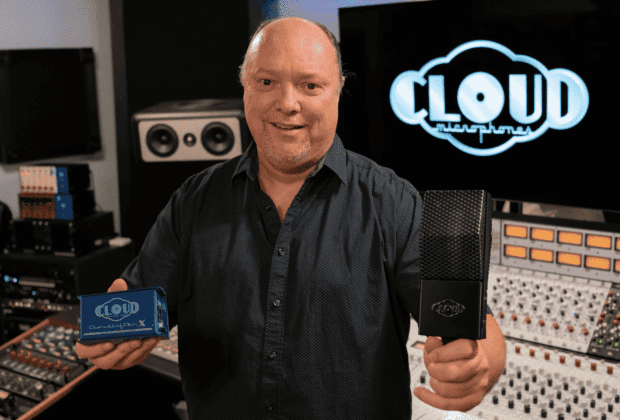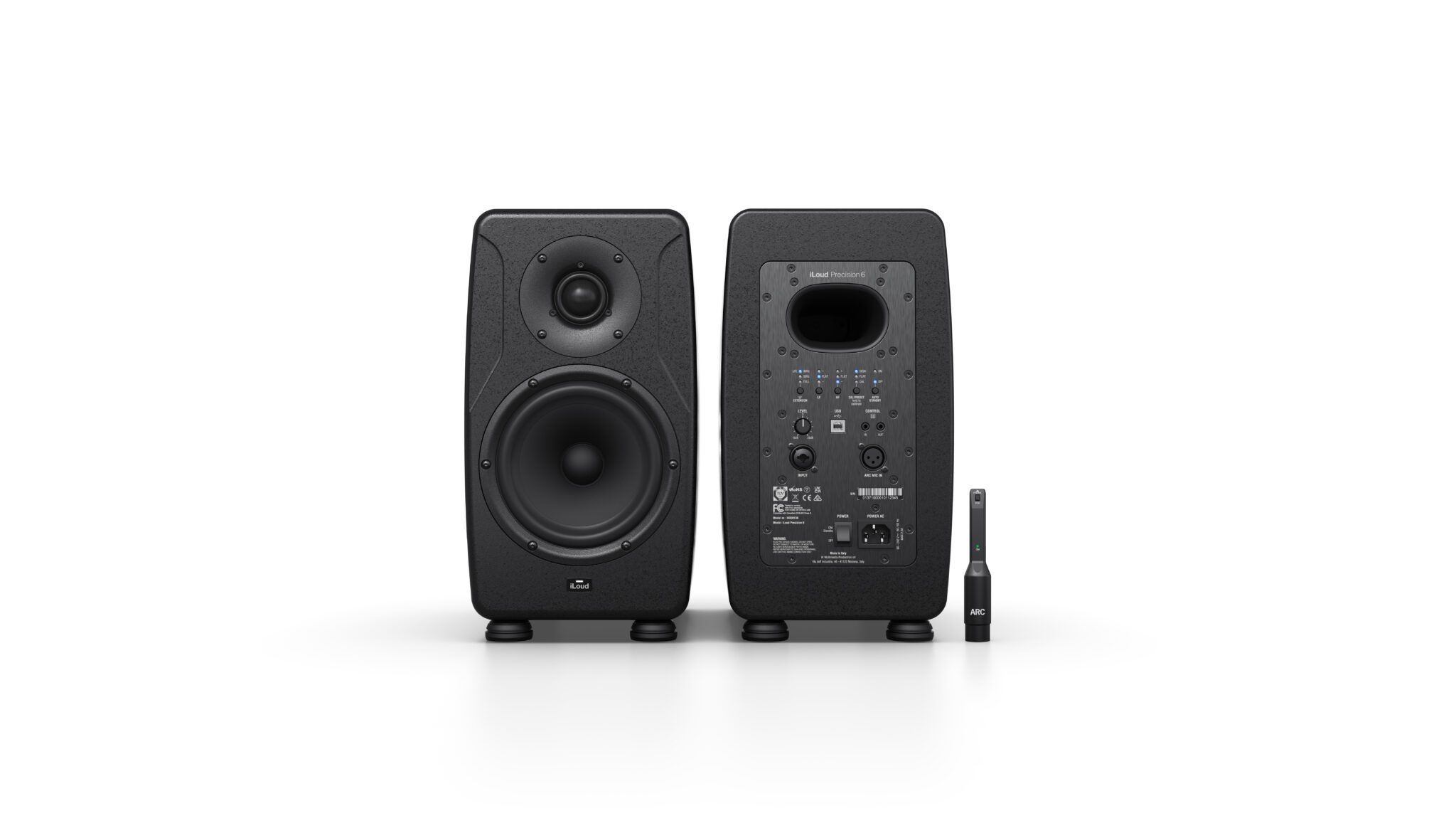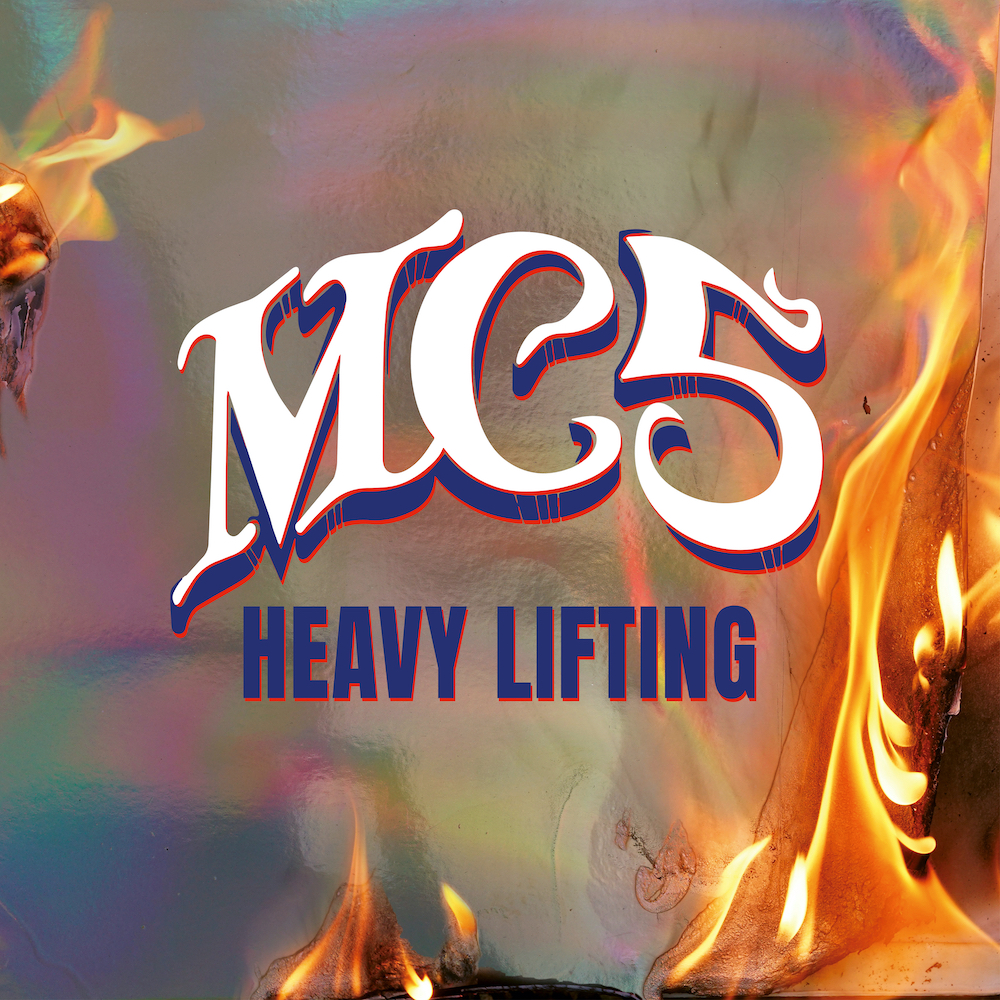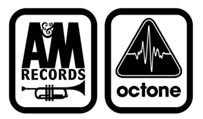Rodger Cloud became passionate about ribbon microphones in his youth. That love eventually blossomed into manufacturing and selling his versions of these classic mics. Cloud Microphones also offers Cloudlifters, standalone Mic Activators that add gain and sensitivity to virtually any recording setup. To this day, the founder and CEO performs and records with his band, CloudPainter.
How does being a musician impact your ability to run Cloud Microphones?
It helps me relate to our customers. I think about those days when I was trying to accomplish something with equipment that was inexpensive. And when I discovered ribbon microphones, I thought, “This is what I’ve been looking for.”
I was working with Stephen Sank, who has a restoration business. What I came up with was—why don’t I buy some broken ribbon microphones, fix some, sell some, and keep some? We had a pretty good eBay business going. That allowed me to outfit my studio with great microphones.
The first time I heard a ribbon microphone, there was a sea of hiss. We started modifying preamps so the first gain stages were really nice. You got a good, clean sound right off the front. We ended up modifying the board I was using and getting even more gain. That led to the Cloudlifter. It was just a circuit we wanted to put inside our microphones. We put it in a box to test it and went, “Wow, this is cool.”
Can you put in layman’s terms how the Cloudlifter works?
The Cloudlifter is a way to modify your preamp to give an initial gain stage without going through components that might degrade the sound. The way we configure them phases out a lot of noise that might creep in. You end up with more of the microphone’s natural character and less of the alterations that occur as you reach the upper gain range of your preamp.
You offer a number of different Cloudlifters. How do people decide which is right for them?
It depends what you’re looking for. All Cloudlifters give you more of the microphone and a more stunning signal. Some models offer multi-channels. The CL-X is our newest. It incorporates an input transformer that we’ve custom designed with CineMag. I love it, because it sounds modern. It has some character but without coloring [the sound.] I make a distinction between character and colorization, because colorization could mean changing the frequency response. But character is about texture, how the signal sits and the roundness of it. This transformer doesn’t change your frequency response in the way a “colorful” circuit might, but it gives you that robust sound.
Talk about the Cloudlifter Z.
The CL-Z gives the ability to change the impedance load of the input of the microphone. A lot of people are intimidated by impedance. It’s a tricky thing to get your head around. But the Z is made to be intuitive. Just turn the knob until you like the sound. The Z interface allows you to get more of a mid-range sound by going to low impedance, or a fuller, more aggressive sound by going higher. We also have the CL-Zi, which allows you to use an instrument and take advantage of the tonal shape and capabilities of the Z interface.
What efforts do you make to be environmentally friendly?
Our circuit boards are all made on the Navajo reservation in northern Arizona. We try to keep everything in the United States. That allows us to visit our suppliers if there are issues. It also helps the community and keeps the revenue we generate primarily in the United States. And we do smaller things, like using compostable peanuts in our shipping.
What are some of the myths and misconceptions about ribbon mics?
There are a lot of fears around damaging a ribbon microphone. Certainly, older ribbon microphones are more susceptible. Cloud Ribbon microphones are more robust. Even though the ribbon itself is unchanged, everything around it has been modernized. With older ribbon microphones, the distance between the edge of the ribbon and the magnetic structure has to be tight. With modern magnetics, you’re able to get more wiggle room. This allows more space for the ribbon to move without the danger of it becoming damaged.
We have a local radio station, KXCI in Tucson. They use a Cloud Ribbon microphone in their studio for capturing performers. At some point, their microphone fell, and they wanted us to check it out. We opened it up, and it was fine, even though it had fallen about eight feet. They’re a lot more robust than people imagine.
There are other myths around what you can record with them. I use them a lot on drum overheads and as drum room mics. Occasionally, I’ll have them outside the kick. It’s about placement and using the off-axis response. If you’ve got a heavy pressure sound wave, you don’t want that pressure wave to go through the middle of the ribbon. If you put it off axis a bit, it allows the pressure to go by the ribbon.
They also have a reputation of being dark-sounding. The early RCA microphones weren’t particularly dark. If you listen to the recordings of the 1940s and ‘50s, there’s a lot of clarity. If you take that technology into the modern era, you get a unique sound that stands out because it has more detail in the mid-range and realism with the way it sits in the speakers.
What problems are new Cloud mics trying
to address?
One of the things we’re continuing to do is make microphones that are good for vocalists. We design our microphones to be incredibly open. We’ve limited the reflections inside in such a way it gives you more of the natural sound.
And with our Cloud 44-A, we’ve incorporated a voice switch. When you go into voice mode, it instantly tames the low frequency that can get in the way when you’re too close. It opens up the microphone so it can be used for singers, even hip-hop and rap. We’ve had a lot of success with modern artists using Cloud Ribbon microphones.
For an overly sibilant voice, this is a great alternative. It always sits in the mix exactly like you want. A condenser microphone can be so in-your-face. The wrong voice on that microphone accentuates things you might not want. And then you’re there with plug-ins, trying to run it through tube compressors or whatever to tame that. But the Cloud 44 can capture all that perfectly so you need very little in post.














